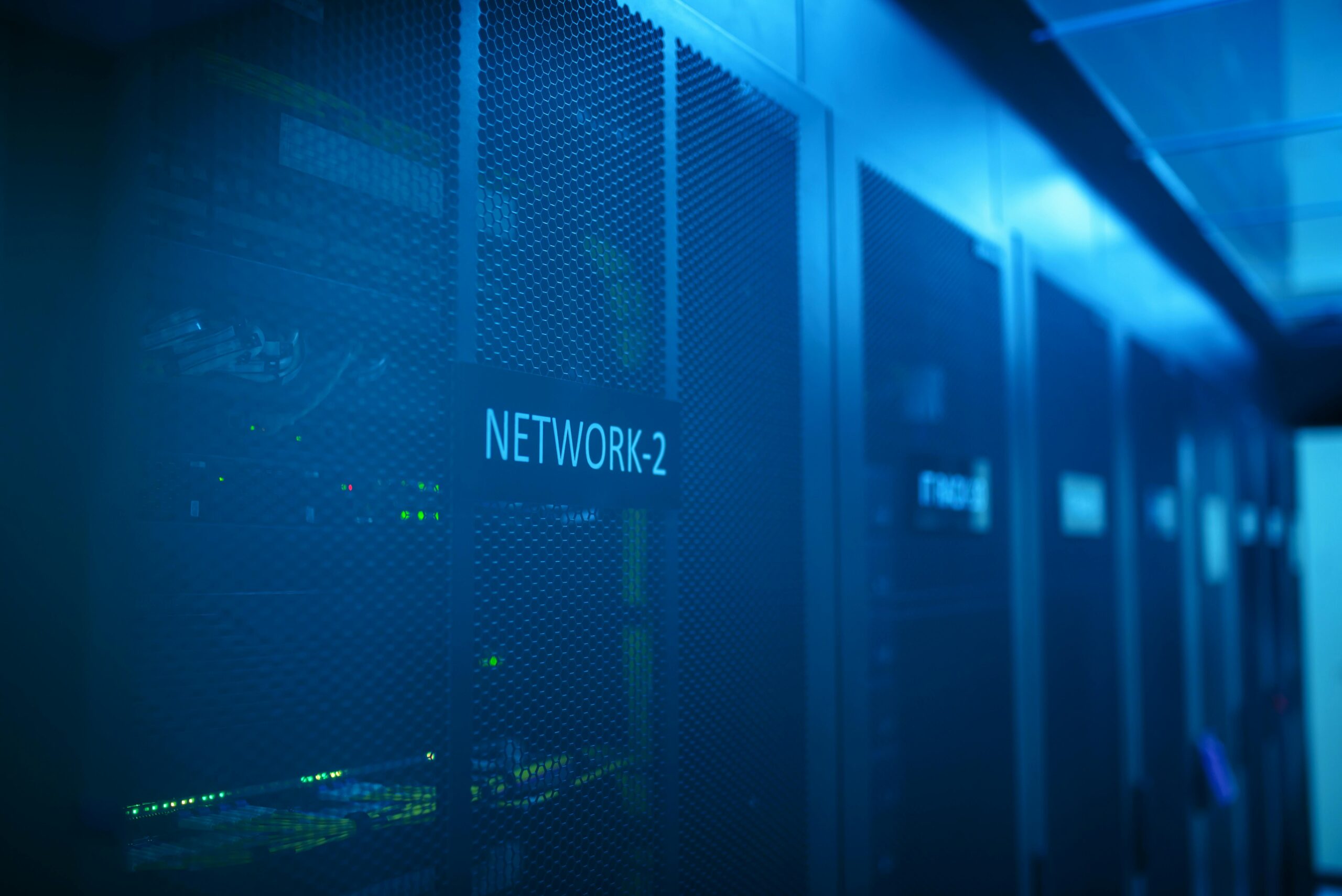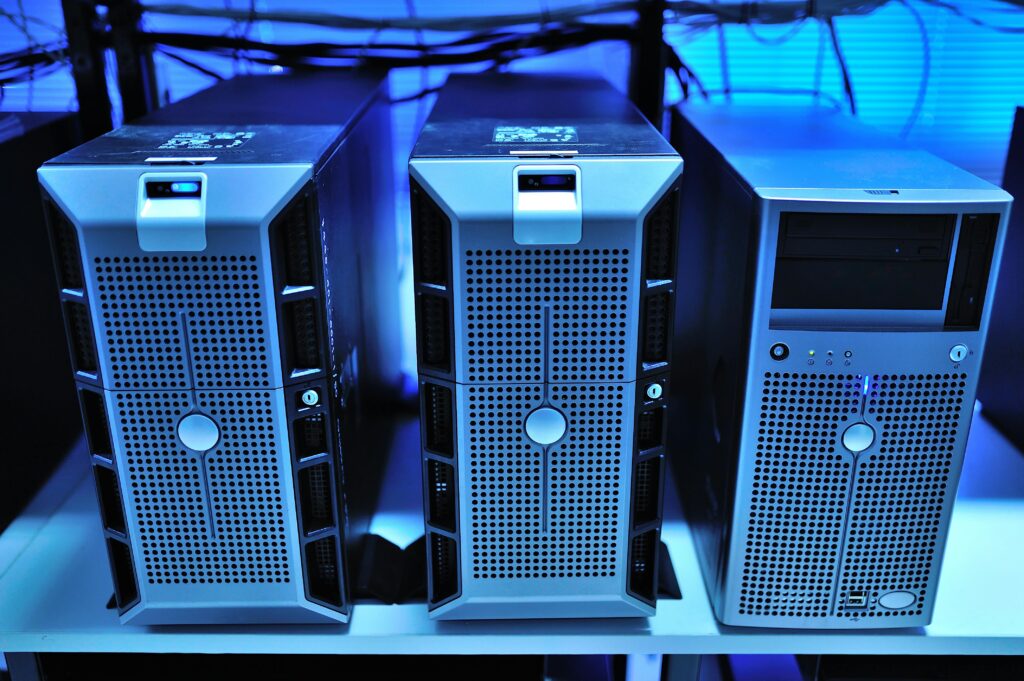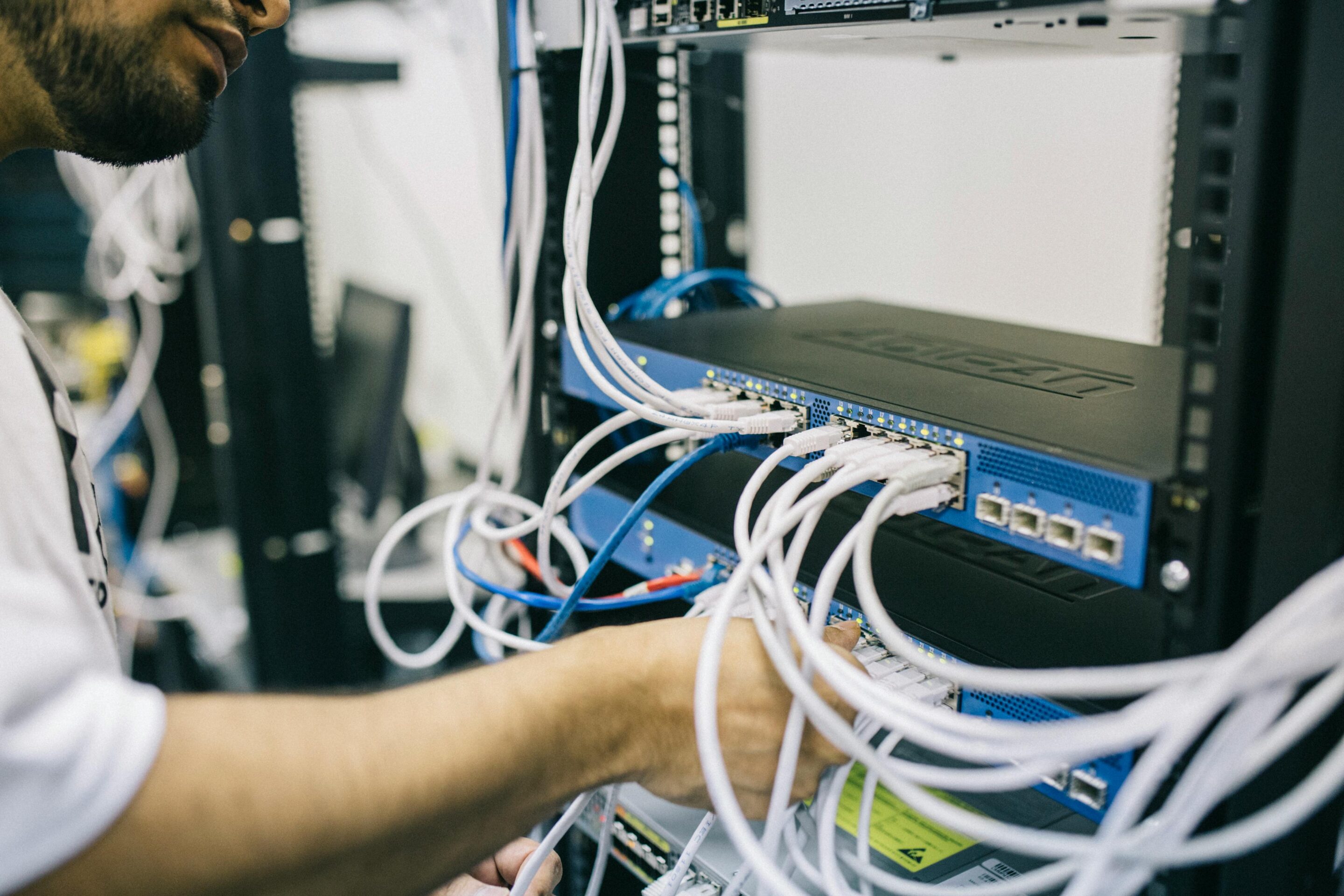How to Migrate Mainframe to AWS: Cost Savings, Agility & Modernization Guide

Mainframe computers are the workhorses of the digital economy, processing about 90 % of credit‑card transactions and powering critical systems for banks, insurers, airlines and governments. Yet these “iron giants” are reaching a tipping point: their licensing costs and specialist support continue to rise, and over 60% of mainframe experts are over 50. IT leaders search for “migrate mainframe to AWS” because they need a path to reduce operating expenses, close skills gaps and deliver modern digital experiences.
Table of Contents
This article shows how migrating mainframe workloads to AWS can cut run‑time costs by up to 80%, avoid expensive rewrites and unlock agility. You’ll learn the business drivers behind modernization, see real‑world examples and follow a step‑by‑step roadmap using AWS services. By the end, you’ll understand why mainframe modernization is no longer a “nice to have” but a strategic imperative — and how Cloudvisor can guide you through every step.
1. Why modernize your mainframe?
Mainframes have served organizations well for decades thanks to their reliability and throughput. IBM i and IBM zSeries systems power 68% of worldwide IT production workloads but account for only about 6% of IT costs, illustrating their efficiency. However, several forces are pushing enterprises toward modernization:
- Cost pressures. Mainframe hardware, licensing and support talent are expensive. Shifting workloads off mainframes can reduce operating costs by 60–90%. Jonas Fitness, for example, refactored its mainframe to AWS and achieved 90 % cost reduction.
- Skills and agility gaps. The pool of COBOL, RPG and PL/I developers is shrinking. Legacy systems lack native integration with DevOps pipelines, slowing down feature delivery. Fortune‑class firms that adopt disciplined re‑platforming report 3× faster release cadence and greater resilience.
- Operational limitations. Green‑screen interfaces hinder user experience and require rigid batch processing. Mainframes were designed for transaction processing but struggle with real‑time analytics or API integration.
- Strategic drivers. Enterprises seek the scalability and flexibility of cloud infrastructure, desire to adopt AI/ML and data‑lake technologies, and must satisfy new compliance standards. The ability to scale resources during seasonal peaks is one reason Jaguar Fueling Systems moved to AWS; the migration delivered 31% infrastructure cost savings and a 69% reduction in unplanned downtime.
Mainframe modernization AWS is not optional — it’s strategic oxygen. Fortune‑class organizations orchestrating disciplined re‑platforming are seeing 50–80% operational‑expense relief. Conversely, hasty “big‑bang” migrations have led to costly failures, underscoring the need for phased execution and rigorous testing.
2. Real‑world success stories and metrics
Case studies add credibility to the modernization journey. Here are three notable examples:
Fitness software company: 90% cost reduction
Jonas Fitness, a fitness‑software company, refactored its proprietary COBOL‑based system to AWS using an automated refactoring tool. The transformation cut operating costs by 90 % and delivered modern web interfaces. By converting COBOL code to Java/C# and rehosting workloads onto commodity servers, the company reduced migration time from years to months.
U.S. state government: Avoiding a $200 M rewrite
A U.S. state government migrated a 25‑year‑old COBOL system to the cloud in 18 months, avoiding an estimated $200 million rewrite cost and improving its agility for new policies. The project used automated code analysis and refactoring tools, proving that mainframe modernization can be both cost‑effective and timely.
Jaguar Fueling Systems
The logistics company Jaguar Fueling Systems modernized its aging infrastructure with help from StratusGrid. By migrating to AWS, Jaguar achieved 31% reduction in infrastructure costs and 69% reduction in downtime, and now scales resources during seasonal peaks while improving reliability. This real‑world example shows how AWS migrations can deliver measurable financial and operational improvements.
These examples show that modernization is achievable and can lead to remarkable cost savings and agility gains. They also highlight the importance of choosing the right strategy — rehosting for quick wins, refactoring for deeper modernization, or rewriting specific components.
3. Challenges of migrating mainframe to AWS
Modernizing a mainframe involves more than lifting and shifting workloads. Key challenges include:
- Complex legacy code and dependencies. Thousands of COBOL or RPG programs often have hidden dependencies and business rules. Automated discovery and code analytics can expose these dependencies and reduce surprises during migration.
- Risk of downtime and data integrity. Mission‑critical workloads cannot tolerate outages. Parallel run (dual operation) techniques allow the new system to be validated against the old one before decommissioning.
- Skills shortage. The shrinking pool of mainframe specialists increases reliance on outside partners and modernization tools.
- Cultural and organizational change. Modernization requires cross‑functional buy‑in, new DevOps practices and changes to governance. A balanced technical and business approach aligns modernization with business objectives.
By acknowledging these challenges up front, organizations can plan appropriate mitigation strategies and avoid pitfalls.

4. Step‑by‑step migration roadmap
The Medium blueprint outlines a four‑phase migration process — Illuminate, Strategize, Execute, and Stabilize & Optimize. Adapting these phases to AWS provides a practical roadmap:
1. Illuminate (Discovery and assessment)
- Inventory applications and data. Use automated discovery tools to map COBOL programs, VSAM files and Job Control Language (JCL) scripts. Cloudvisor recommends starting with the AWS Migration Portfolio Assessment or similar services to understand current workloads.
- Identify dependencies and business rules. Code‑analysis tools can uncover hidden dependencies and reveal batch‑processing critical paths.
- Gather performance metrics and assess risk. Evaluate transaction volumes, batch windows and peak‑hour workloads. Determine which systems are suitable for rehost (lift‑and‑shift) and which require refactoring or replacement.
2. Strategize (Planning and design)
- Choose modernization patterns. Align each workload to one of the “Five Rs”: rehost, re‑platform, refactor, replace or retire. For example, non‑critical batch jobs might be rehosted quickly, while core business logic may need refactoring into microservices.
- Select AWS services. Decide whether to use Amazon EC2 (for rehosting), AWS Mainframe Modernization (for managed runtime environments), Amazon ECS/EKS (for containerized workloads) or serverless platforms like AWS Lambda. Plan how data will migrate — via AWS DMS, AWS Transfer Family or custom ETL jobs.
- Define cutover strategy. Plan phased migration by business domain rather than a big‑bang approach. Establish parallel run periods where both environments operate concurrently to verify identical results.
3. Execute (Implementation)
- Rehost or re‑platform workloads. Use the AWS Application Migration Service for lift‑and‑shift of z/VM or Linux on Z workloads onto EC2. For IBM i (AS/400) workloads, rehost onto EC2 or containerized runtimes. Automated transpilers can convert COBOL to Java/C#, preserving functionality and making the code cloud‑ready.
- Refactor or replace components. Rewrite monolithic COBOL programs into modular services using languages like Java or Python. Move VSAM/IMS data to relational databases (Amazon Aurora or RDS for PostgreSQL) or NoSQL services like DynamoDB. Use Step Functions to orchestrate microservices and AWS Glue for ETL.
- Test extensively. Employ dual‑run testing, comparing outputs between the legacy and new system for each batch job and online transaction. Validate performance, security and compliance requirements.
4. Stabilize & Optimize
- Cut over gradually. After successful dual‑run validation, decommission mainframe components in phases. Maintain a rollback plan until you’re confident in production stability.
- Implement FinOps and monitoring. Use AWS CloudWatch, AWS Budgets and cost‑management dashboards to monitor spend and resource utilization. Fine‑tune compute instances (e.g., choose Graviton‑powered EC2 instances for price/performance) and adopt Savings Plans or Reserved Instances for predictable workloads.
- Embed continuous improvement. Adopt DevSecOps practices to accelerate feature delivery. Use automated pipelines to build, test and deploy new functionality. Regularly revisit architecture patterns to incorporate emerging technologies like AI/ML and data lakes.
5. Advanced AWS Mainframe services & modernization patterns
AWS offers a rich ecosystem to support mainframe modernization beyond simple rehosting:
- AWS Mainframe Modernization service provides managed runtimes for refactored or re‑platformed COBOL, PL/I and RPG applications. It includes development, build and test environments and handles infrastructure provisioning and scaling.
- AWS Application Migration Service (MGN) simplifies lift‑and‑shift by replicating on‑premises servers into EC2. It minimizes downtime and supports cutover testing.
- AWS Database Migration Service (DMS) moves data from hierarchical databases (VSAM, IMS) to relational or NoSQL databases with minimal downtime.
- Serverless and container platforms: AWS Lambda enables event‑driven processing of smaller workloads; Amazon ECS/EKS run containerized microservices; Step Functions orchestrate workflows. These services support modern architectures and reduce operational overhead.
- Data modernization services: Use Amazon Aurora (with PostgreSQL compatibility) or DynamoDB to replace proprietary databases. They offer high availability, scalability and pay‑as‑you‑go pricing. Cloudvisor’s guide to EC2 instance types helps you choose the right compute resources for these databases.
By combining these services, organizations can drastically cut migration timelines — in some cases from years to months — and free up teams to innovate.
Conclusion & next steps
Mainframe modernization is a journey rather than a single event. Enterprises choose AWS because it delivers measurable benefits: up to 80% run‑cost reduction, 3× faster release cycles, improved agility and the ability to harness modern cloud services. Real‑world case studies prove that success is achievable.
If your organization relies on aging mainframe or AS/400 systems, now is the time to explore modernization. Begin by assessing your current environment, then plan a phased migration using the roadmap above. Cloudvisor can guide you through each step, from discovery and cost analysis to refactoring and optimization.
Ready to unlock the agility, cost savings and innovation of AWS? Contact Cloudvisor for a free consultation



